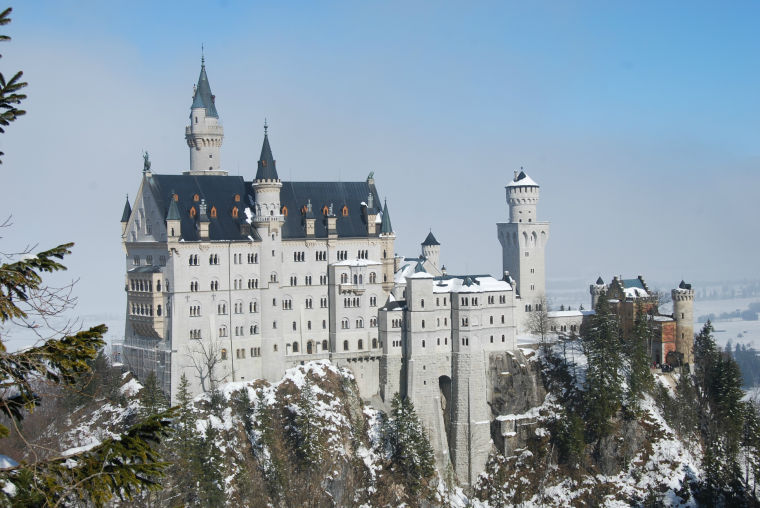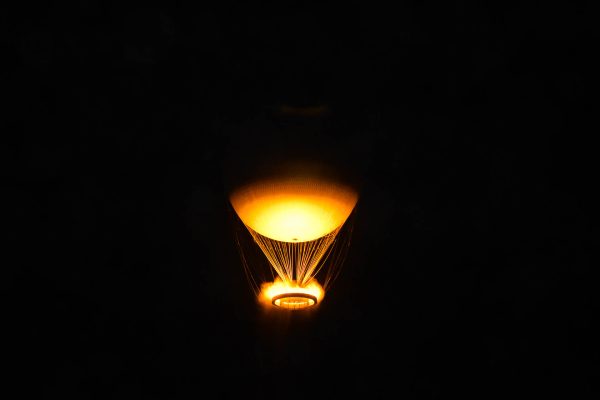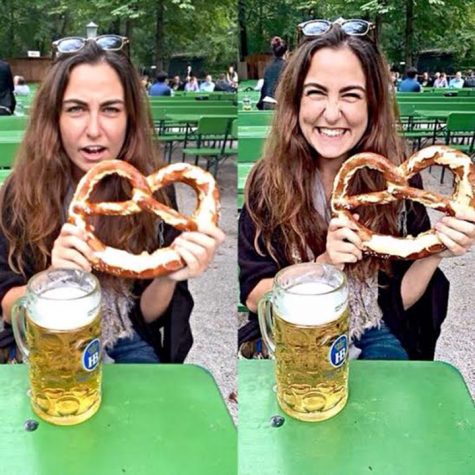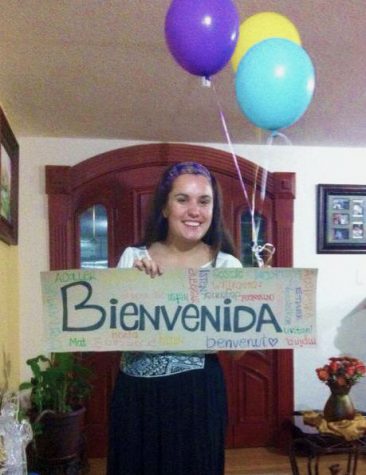KOBLENZ: Travel Tales from Neuschwanstein Castle
Even if you aren’t familiar with the name “Neuschwanstein,” you have undoubtedly seen this castle in one form or another, from pictures and paintings to the castles in the Disneyland parks modeled after it. As a child, having seen movies and pictures that feature Neuschwanstein, I often wondered where this castle was located or if such a magical place could really exist outside my own imagination. When I decided to study abroad in Germany, I knew it would have to be one of the places that I would visit. I’m so glad that I had the opportunity to see Neuschwanstein in person; that castle and its surroundings are truly the most beautiful things I have ever seen.
A little history
Neuschwanstein Castle is situated above the town of Schwangau in Bavaria. It was built by King Ludwig II from 1869—1886 and never finished due to his death. The royal family had a summer residence at Hohenschwangau, a smaller castle not far from Neuschwanstein. Hohenschwangau, an older castle, used to be the residence of the knights of Schwangau before it was reduced to ruins by Napoleon. Ludwig II’s father, Maximilian II, rediscovered the ruins and built the current castle of Hohenschwangau on them. This summer residence served as an inspiration for Ludwig later when he decided to build Neuschwanstein castle nearby and originally called it “New Hohenschwangau.”
Ludwig II is also known as the Märchenkönig, or Fairy Tale King, of Bavaria. At the beginning of his reign, Bavaria was a country with its own rich history of rulers. However, in 1871, Wilhelm I united Germany and was crowned emperor. Ludwig II retained kingship of Bavaria, though his power was now diminished under Kaiser Wilhelm I. Nevertheless, he continued to build elaborate castles such as Neuschwnastein, Linderhof, and Herrenchiemsee. Neuschwanstein, the most famous, is designed after the worlds depicted in Richard Wagner’s operas such as Parsifal and Lohengrin. It is meant to be a “fortress of the Holy Grail,” according to Ludwig, a fantasy castle straight from medieval legend. The rooms were designed not by an architect but by Wagner’s stage designer and include a gigantic throne room, singer’s hall, and Ludwig’s elaborate bedroom connected to a secret artificial cave.
Ludwig was deposed in 1886 after being declared insane by a physician who had never examined him. A few days later he was found dead in Lake Starnberg and the circumstances remain a mystery today. His legacy and castles continue to fascinate people from around the world and Neuschwanstein is one of the most iconic structures in all of Germany.
My trip to Neuschwanstein
I arrived Friday afternoon in the little Bavarian town of Füssen where my hostel was, about 10 minutes from Schwangau. The train ride was wonderful; I’m learning to enjoy the train trips, and though this was 8 hours long, the scenery was lovely and I got to see a bit of beautiful Bavaria through my window. Though Koblenz is preparing for spring now, Bavaria was still covered in a thick blanket of snow, which made it all the more enchanting.
Saturday I took official tours of the castles Hohenschwangau and Neuschwanstein. Tours are offered in English or German, and though I could have probably understood most of the German tours, I took them in English so that I would not have to concentrate so hard on what was being said. Hohenschwangau was beautiful. I can’t imagine growing up in such an elaborate summer home; so much effort was put into the murals, carvings, and furniture that I would have guessed this was a permanent residence. From the front of the castle there is a garden which offers a breathtaking view of the Alpsee and the Bavarian Alps. As spectacular as Hohenschwangau was, it could not prepare me for the beauty of Neuschwanstein.
Neuschwanstein is a 40 minute walk uphill from Hohenschwangau. Those who do not want to walk can take horse drawn carriages to the foot of the castle—everything contributes to the experience of entering a fairy tale world. The castle is really like something out of a dream; it sits at the foot of the Alps overlooking both the countryside below and the mountains. In the morning a dense fog covered it so that the very tops of the towers were not visible, but on Sunday that cleared enough that the sun finally came out, making the snow sparkle and Neuschwanstein stand out even more. The huge gates to the castle stay open for visitors, who crowd into the courtyard area and await their tours. Since only one-third of the rooms were ever finished, I honestly did not expect much from the inside of the castle, so the entire tour was a surprise to me, as the rooms that were finished were incredible. I especially enjoyed the Singer’s Hall, an extraordinarily elaborate room depicting the story of Parsifal. I wish that I were staying in Germany longer, because at the end of August they do, in fact, have concerts there. Both the inside and the outside of the castle are so impressive and beautiful; I genuinely did not want to leave.
Now, back in Koblenz, I am sitting in my cozy dorm room which has now been properly decorated with a giant Bavarian flag and a poster of Neuschwanstein. This was my favorite trip so far, and I can’t wait to see more of this beautiful country in the upcoming months!




